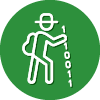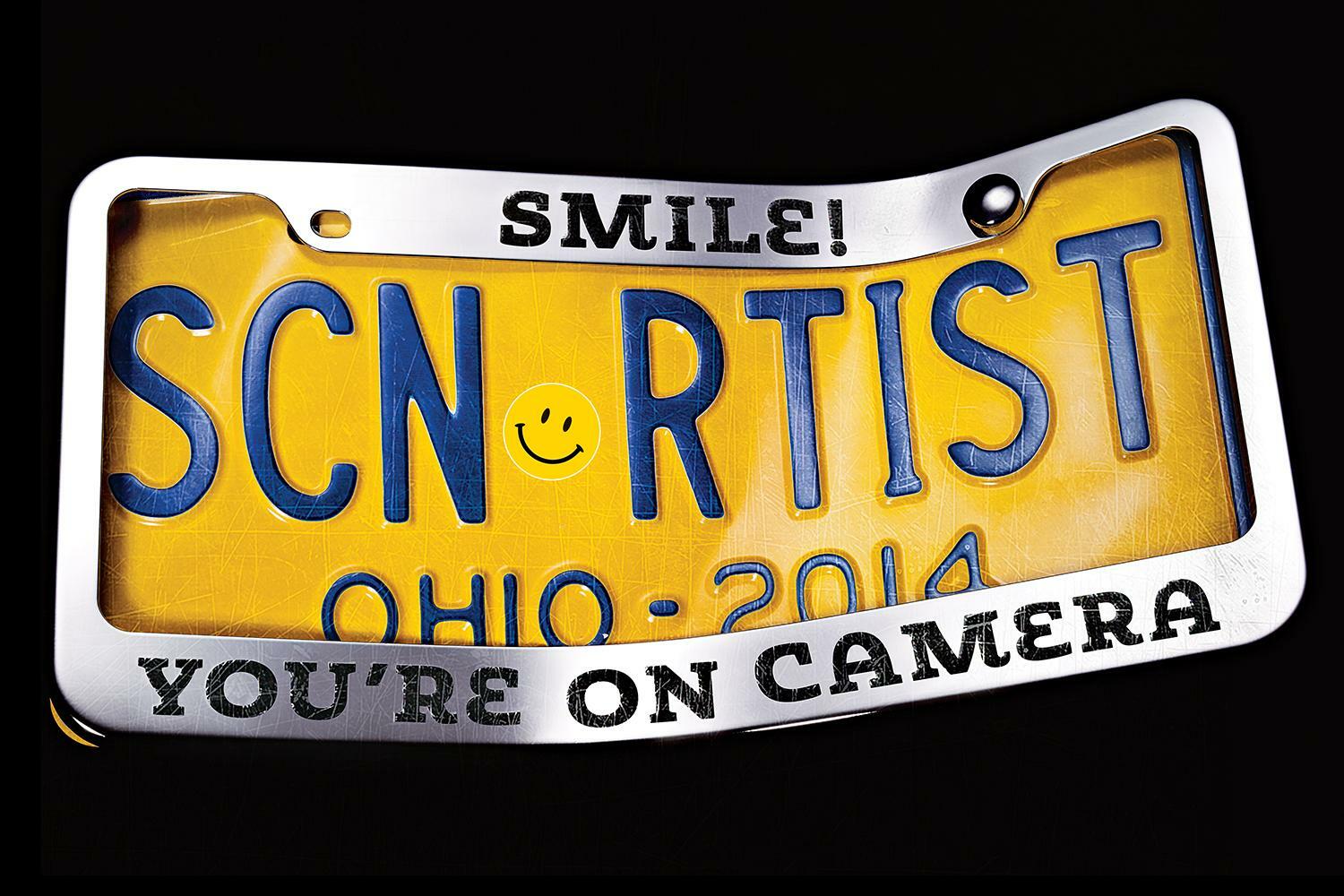Scan Artist
Repo men are pushing the bounds of personal surveillance by scanning billions of license plates—perhaps even yours.ByBob Parks Posted 05.28.2014 at 3:39 pm nly Scott Toth knew exactly how this would go. He deftly hooked his tow truck to a gleaming white 2012 Chevy Cruze in a matter of seconds. A young woman in the passenger seat jumped out and screamed toward the convenience-store entrance: “Somebody get --- ! He’s inside!” Then Toth began securing straps to the wheels and hoisted the Chevy onto a hydraulic boom that resembled a giant spatula. The car’s owner emerged from the store, advancing angrily. Other drivers pulled out of adjacent spaces like cowboys abandoning their bar stools.
At 5'11" with wide shoulders and a buzz cut, Toth—a repossession agent out of Cleveland—looks a little like a drill sergeant, though he has considerably better people skills. To calm older drivers, he’ll turn the conversation to his four daughters, projecting the image of a beleaguered 34-year-old father with a house full of teens. But with the Chevy’s glaring driver—a guy of about 20 with an athletic build, camo baseball cap, and carefully considered facial scruff—this clearly wouldn’t work. Instead, Toth lit a cigarette. The driver, seeing the gesture, paused and sparked up too. For a moment, the two stood like country gentlemen enjoying the evening light. “Sounds like you haven’t made a few payments,” Toth said amiably, looking out at the horizon.
“That’s about right,” the man said.
“Can I have the keys?” Toth asked. Keys would help get the Chevy out of park and into neutral, making any getaway much smoother.
“I ain’t giving you s---,” the driver responded. His female companion stood to one side, anxiously chewing her fingernails.
Full Article
What I found intesting :
57 Years Of Computer Vision (And Counting)
Put enough processing power behind a digital camera and you’ve got “computer vision,” the process by which machines can analyze the visual world. Since the advent of the transistor, systems that can do this have become cheaper, faster, and smaller. Here’s a quick overview of the highs and lows in the technology’s history.1957: The first computer scanner copies a 2-inch photo of the inventor Russell A. Kirsch’s son.
1964: Defense contractors Woody Bledsoe, Helen Chan Wolf, and Charles Bisson launch a facial-recognition system for an unnamed intelligence agency.
1976: U.K. police invent a license-plate recognition system. The first major installation is in 1993, as a “ring of steel” around London to counteract IRA bombings.
1985: The first autonomous land vehicle, made by Lockheed Martin, Carnegie Mellon, and others, uses video-based imaging to follow a road at three mph.
2004: Mars rovers Spirit and Opportunity land on the Red Planet using computer vision to calculate distance and position on descent.
2008: The first 3-D pizza-sorting system, the “Scorpion,” builds a 3-D profile of 7,200 products per hour using multiple cameras. It automatically culls misshapen pies.
2010: Shortly thereafter, a man hacks the device to track his own nipples for the first time.
2014: Phone processors become fast enough to handle pattern recognition. Apps such as Vhoto pick worthy stills from a video based on action sequences and facial expressions.



